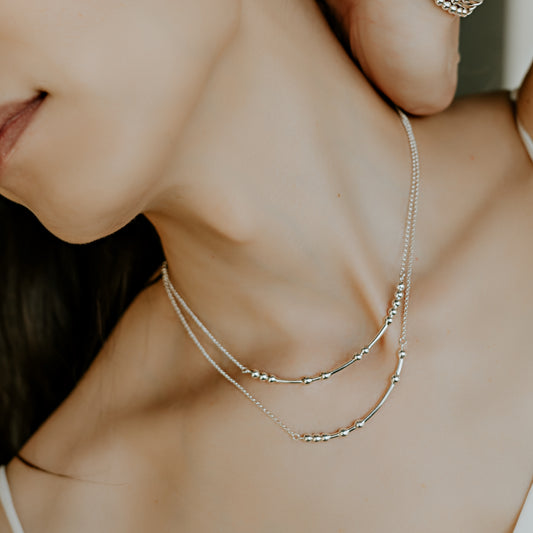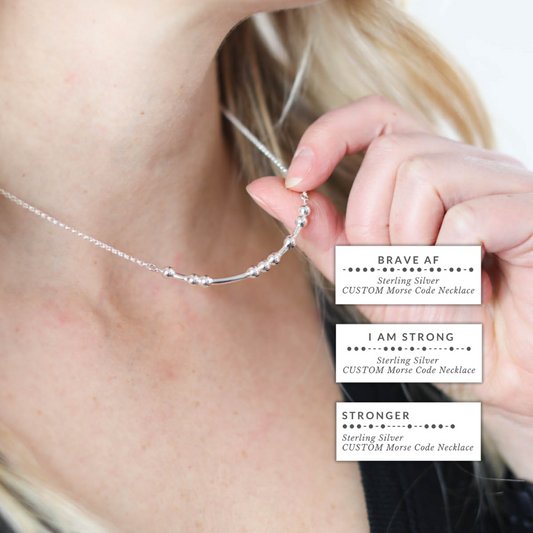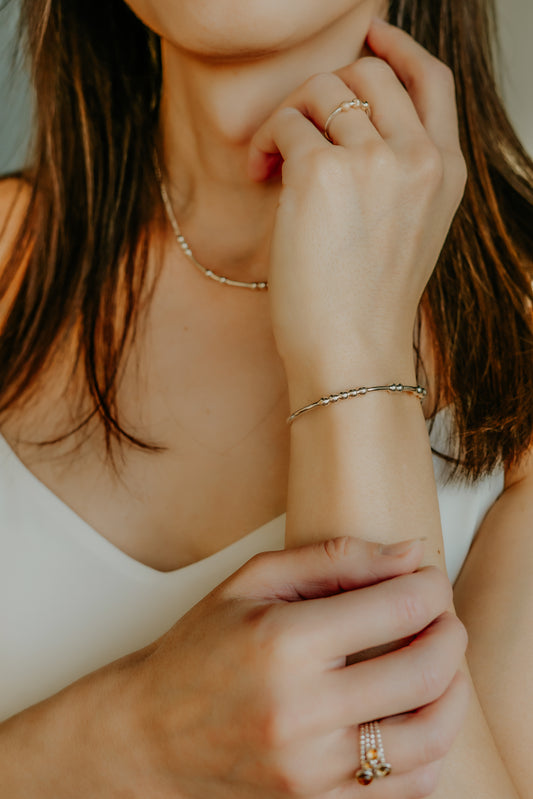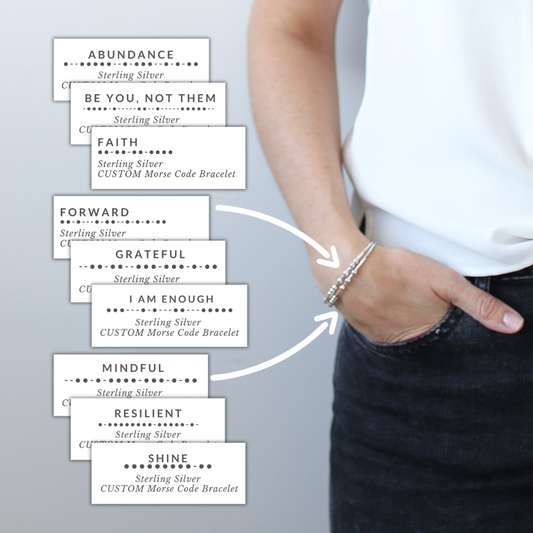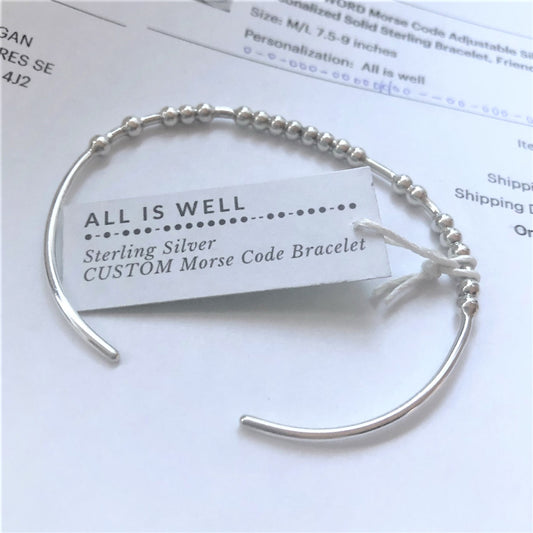A Quick Opal History Lesson (Don't Worry, It's Fun!)
Opals have been rocking people’s world for centuries. Seriously, this stone has been a major player in everything from Roman mythology to Queen Victoria’s jewelry box.
- Ancient Romans thought opals symbolized hope and purity. They valued these stones almost as much as emeralds!
- The Greeks believed opals gave you the power to predict the future. (Anyone else want an opal-powered crystal ball? Just me?)
- Middle Eastern cultures believed opals protected you from the "evil eye" and illness. Yep, these stones had serious street cred.
By the time we hit the Middle Ages, opals were basically magic rocks. People thought wearing one gave you all the benefits of every gemstone out there. (Not a bad investment if you ask me!)
But then came the Renaissance, and suddenly, opals were considered bad luck thanks to Sir Walter Scott’s novel. (Thanks a lot, Sir Walter.) Fortunately, Queen Victoria didn’t buy into that nonsense and brought opals back in style. 👑✨
Fast forward to the late 1800s, and bam! Australia strikes gold—er, opals. Black opals from Lightning Ridge became the it stones, and they’re still some of the most sought-after gems today.
So, What Kinds of Opals Are There?
Opals come in all shapes and shades, so let’s do a quick rundown:

- Black Opal: The rarest and most valuable, with vibrant colors that pop against a dark background. Found mostly in Australia.
- White Opal: Soft, subtle, and dreamy, these opals have a light-colored background and are also Aussie stars.
- Fire Opal: Bold reds, oranges, and yellows—these fiery beauties come from Mexico and are perfect if you love a statement piece.
- Boulder Opal: These come with bits of the host rock still attached, making for a more rustic, earthy look.
- Crystal Opal: Transparent with a vibrant play-of-color, these gems glow from within like they’ve got their own light source.
- Ethiopian Opal: Bright, modern, and full of colorful flashes. These stones have been turning heads since the 1990s.
- Matrix Opal: Think of it as nature's abstract art! This opal is all about that gorgeous mix of opal and host rock, giving you a one-of-a-kind speckled look that's as unique as your style.
And of course, let’s not forget doublets and triplets—layered opals that give you all the beauty at a fraction of the price. You get a thin slice of opal with a backing (and sometimes a top layer) to make the colors really stand out.
Wait, There Are Lab-Grown Opals?
Yes! Lab-grown opals are legit. They’re made from the same materials as natural opals but created in a controlled environment. That means more consistent colors and patterns, and—bonus—they’re way more affordable. 🌱💎

Why go for lab-grown?
- Eco-friendly: No mining required, so you’re saving the planet and getting a gorgeous stone.
- More Durable: Lab-grown opals are stronger and more scratch-resistant than natural opals, making them perfect for everyday wear without the worry of damage.
- Customizable: Want a specific color or pattern? No problem. Lab-grown opals can be made to order.
- Budget-friendly: You get that dazzling play-of-color without breaking the bank.
These are the stones I’m talking about when I mention man-made or simulated opals.

Opal Care: How to Keep Your Gems Looking Fab
Opals are stunning, but they’re also delicate. (Kinda like your favorite vintage t-shirt—one wrong move, and it’s game over.)
Here’s how to take care of your opal jewelry like a pro:
Opals are softer than diamonds, so be gentle! Avoid wearing opal rings or bracelets during activities that could lead to scratches or bumps—like gardening, working out, or, I don’t know, arm wrestling.
When it’s time to clean your opals, don’t reach for the harsh chemicals. Use mild soap and warm water, and gently rub them with a soft cloth or brush. Whatever you do, don’t soak doublets or triplets—water can mess with the glue holding them together. Yikes.
Opals have a high water content, so extreme temps can make them crack. Keep them out of direct sunlight or super cold spots.
Store your opals in a cool, dark place, ideally in a fabric-lined jewelry box. If you live in a dry area, throw a damp cotton ball in there to keep the stones from drying out.
Opals can loosen in their settings over time. Give them a gentle once-over every now and then to make sure they’re secure. If they feel loose, hit up your jeweler for a quick fix.
6. Avoid Chemicals
Chemicals like bleach or cleaning products can dull your opal’s shine. So, if you’re cleaning the house, take off your opal jewelry first.
Wrapping Up: Opals, Whether Natural or Lab-Grown, Deserve Some Love 💎
Whether you're into classic black opals or rocking lab-grown stones, these gems bring a burst of color to any outfit. Just treat them gently, give them the care they deserve, and they’ll keep shining bright for years to come!
Now go on and enjoy those opals like the gemstone queen (or king) you are! 👑💎


